- Home
- Home Ventilation
- Humidity Sensing Fans
Humidity Sensing Fans, Should You Get One?
Humidity sensing fans are the natural evolution of the traditional bathroom extractor fan which the vast majority of us currently still use in our homes up and down the country.
We’re all very much aware of how an extractor fan works. A little fan in the wall unit turns on when we switch on the bathroom light. The fan then tries (most don’t do a great job) to extract all the moist air before turning off around ten minutes after we turn the light off.
They tend to be noisy and fairly inefficient. So it’ll be no surprise to find out that they don’t do a great job when it comes to getting rid of condensation from your bathroom.
I’ll not go into the reasons why I think basic extractor fans simply aren’t fit for purpose and should all be replaced, as I’ve written an entire article on the subject here.
Why Are Humidity Sensing Fans So Superior?
Humidity sensing fans are simply the next evolutionary step for the humble extractor fan. They’re more powerful and smarter in their operation. They know when to turn on and for how long.
How They Work
Instead of being linked to your light switch and a timer, humidity sensing units have a small humidity sensor built into the housing of the fan unit which constantly monitors the air humidity. So when it detects the humidity level increase above a preset level the fan switches on.
It continues to run until the humidity level drops below the preset level, at which point it turns itself off.
They also tend to be much better engineered and so will run quieter than the budget style extractor fans that are typically fitted to homes in the UK.
That does mean the price is more expensive than the basic extractor fans. But they do what they’re supposed to and will ultimately pay for themselves as they will mean you won’t have to redecorate as often and you should hopefully be able to avoid the formation of black mould, which can represent a serious health hazard if left to its own devices.
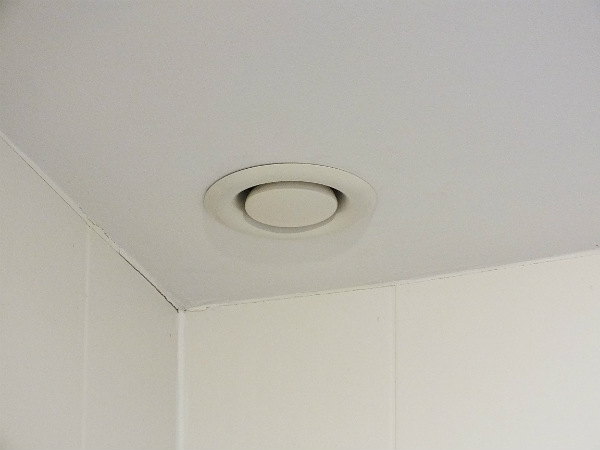
Are There Any Alternatives?
There are several different types of humidity sensing fans on the market. With some simply turning on and off a fairly standard extractor fan unit, while some top of the range units will run constantly at a low level (c.3 litres/sec). Then when it detects humidity it will ramp up to say 30 litres per second.
In my opinion there aren’t really any true alternatives for use in a bathroom.
The only other system that comes close is the Positive ventilation unit but its more of a whole house solution or could would work well in conjunction with a high end humidity sensing fan.
If your home has sufficient air changes (i.e adequate ventilation) you shouldn’t need to add a positive ventilation unit in addition to a humidity sensing unit.
However if you have condensation issues throughout the rest of your home (as opposed to just in the bathroom). Then you may not be getting enough fresh air into your home and in this instance a positive ventilation unit may be worth considering.
That said, within the humidity sensing range there are lots of options to choose from to suit all budgets. You could even buy a humidistat controller that will convert your existing fan into a humidity sensing fan.
With so many to choose from you can buy a humidity sensing unit from around £30 right up to around £450 depending on what features you’re looking for.
Advantages of Humidity Sensing Fans:
- Not linked to a timer - because they’re linked to a humidity sensor as opposed to a timer they won’t turn off until they have got the humidity level down to the correct level.
- Noise - The more expensive units are well engineered and will therefore be much quieter that the cheap fans. They should have a decibel (dB) rating on the box.
- Ease of installation - the units is typically very similar to a standard extractor fan and it’s normally a simple swap process. Just bolt the old one off an replace it with the new one. But it is a job for an electrician as there are electrical connections to be made.
Disadvantages
- Cost - they do tend to be more expensive but probably not by as much as you might think. Although top of the range units can cost several hundred pounds.
Conclusion:
I’ve actually fitted two humidity sensing fans in my property as the existing extractor fans simply weren’t up to the job. In the past I had to open the windows while I had a shower to assist the fan.
After fitting the humidity sensing units I’d estimate my condensation issues have been reduced by around 75%. Here's the article discussing the fans I installed.
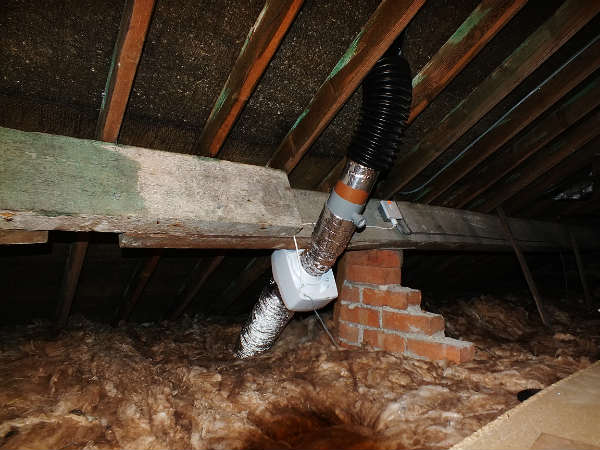
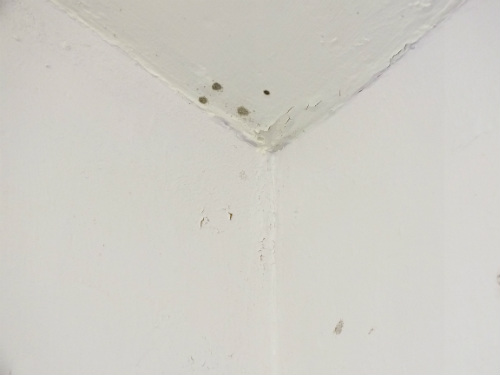




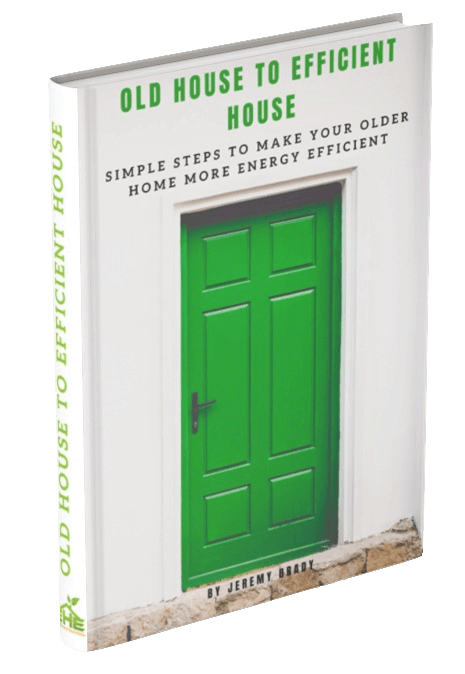




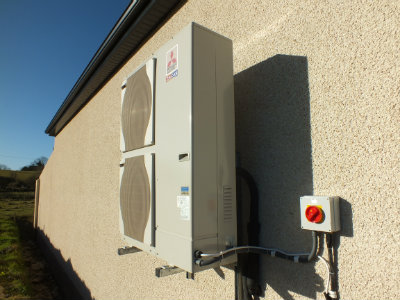
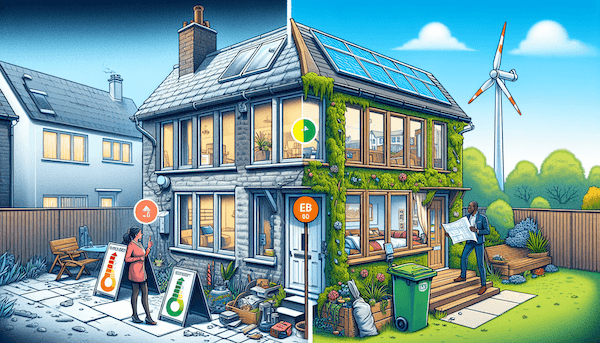
New! Comments
Have your say about what you just read! Leave me a comment in the box below.